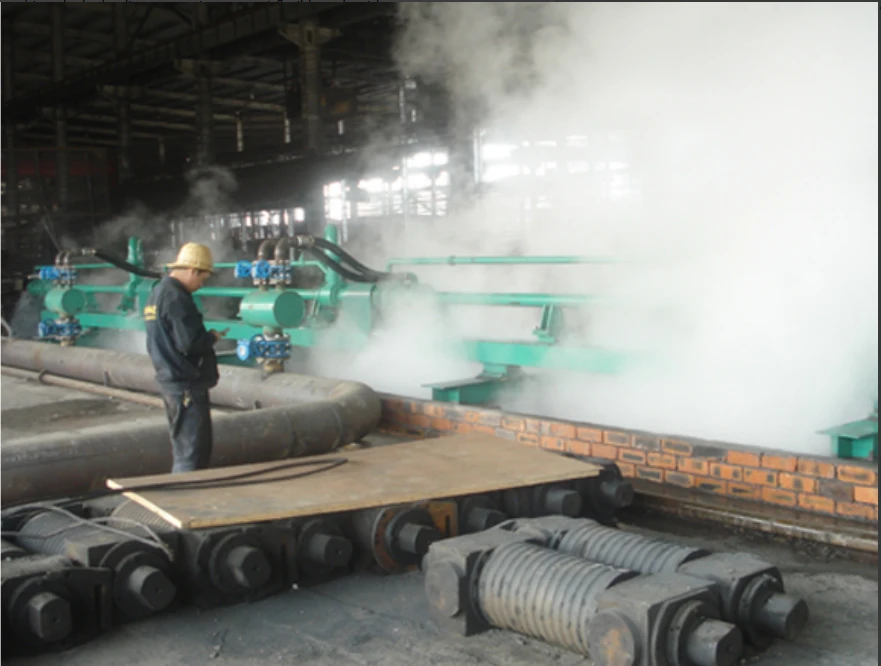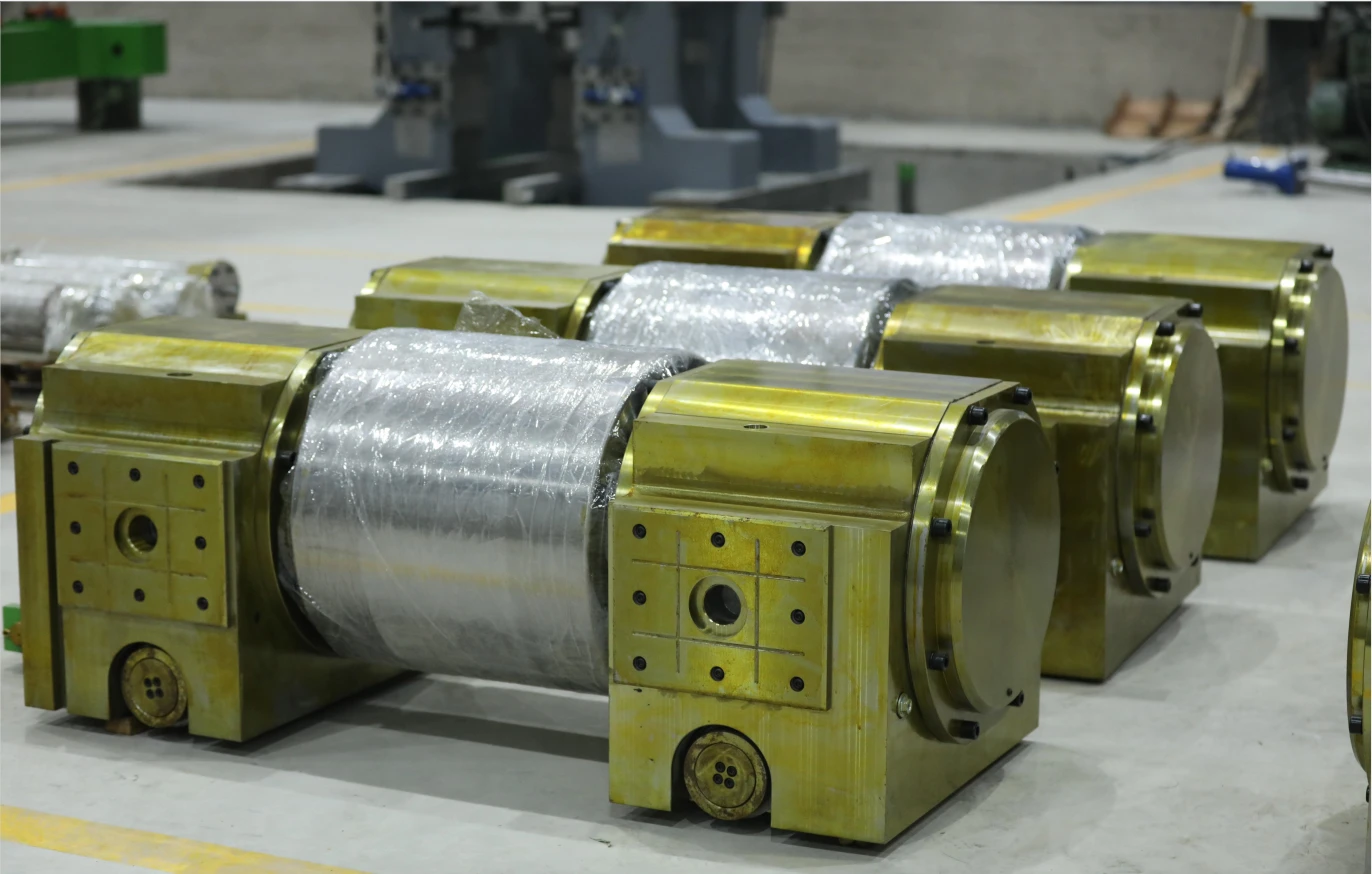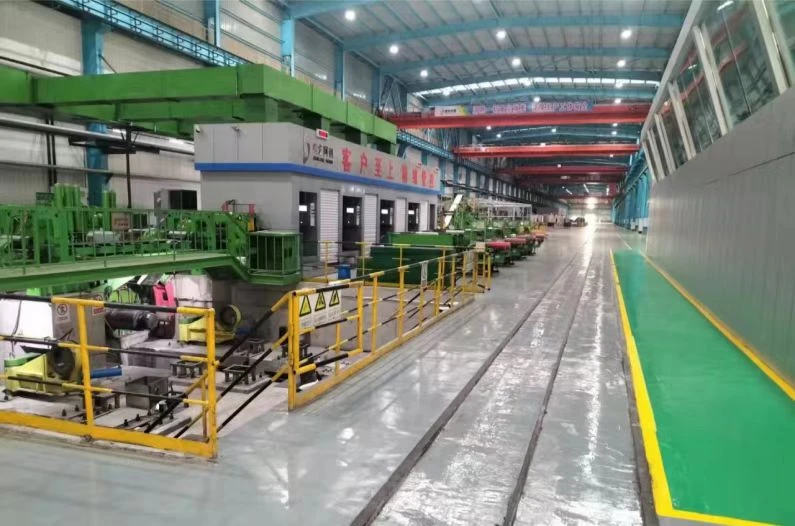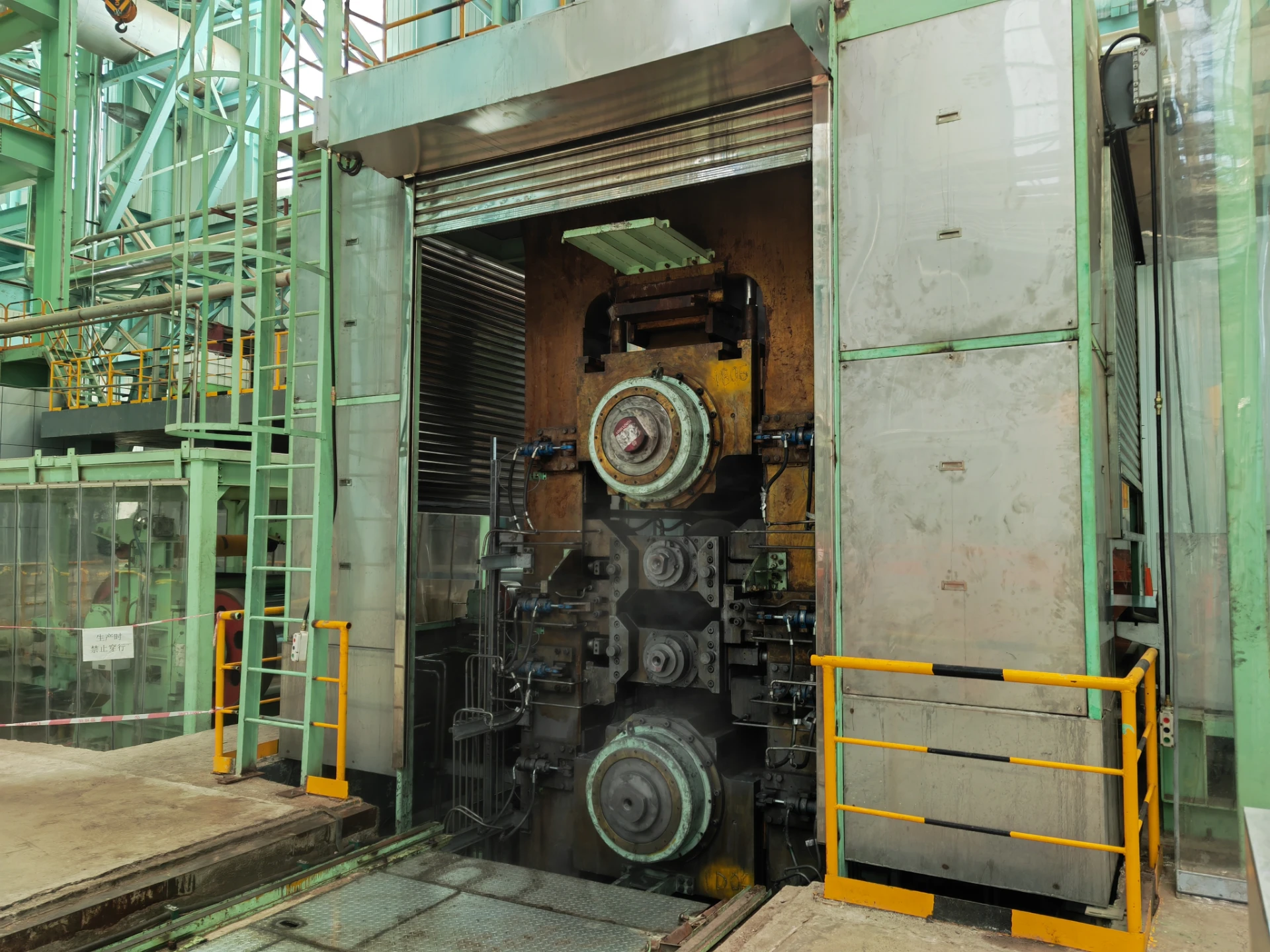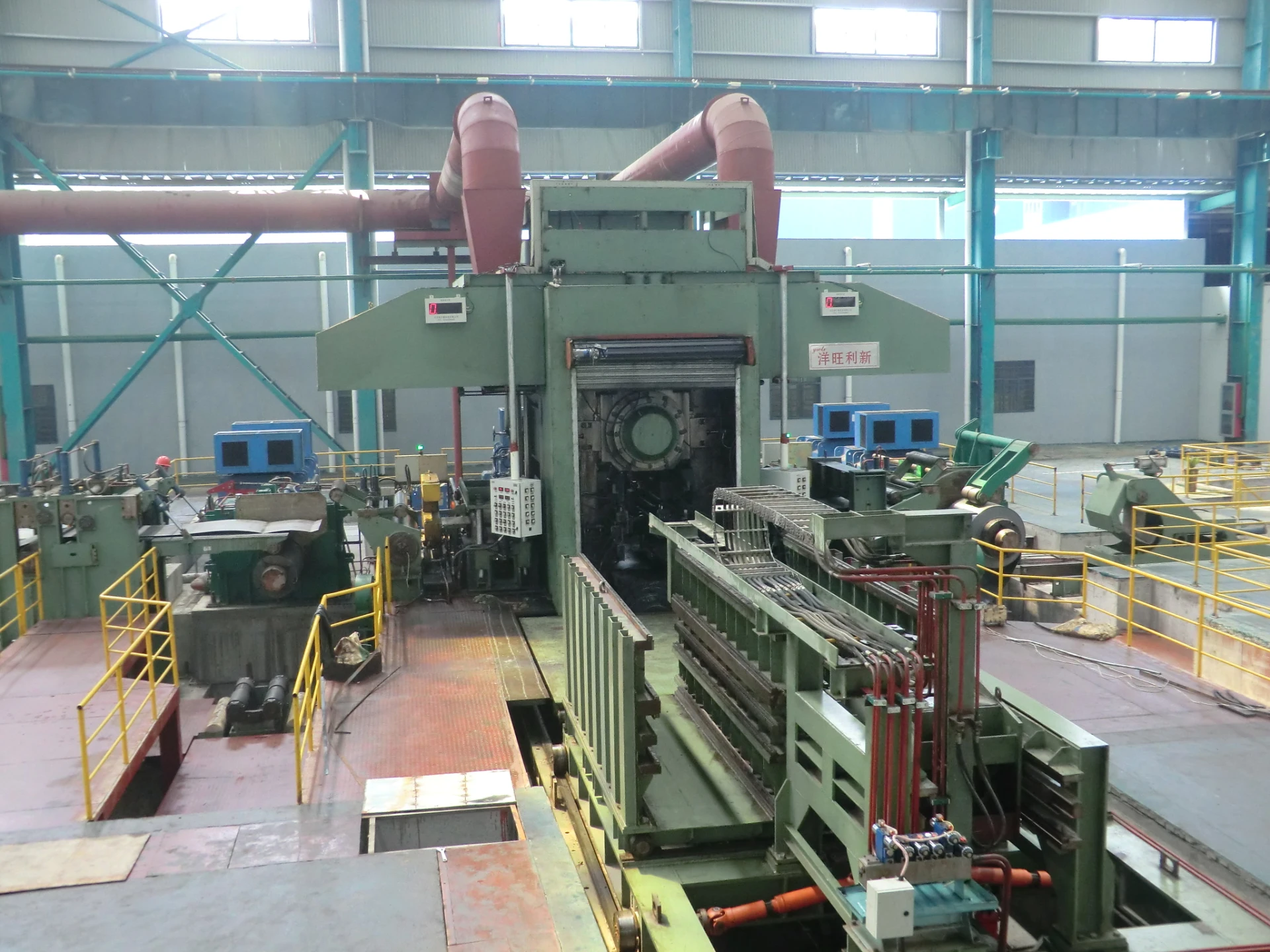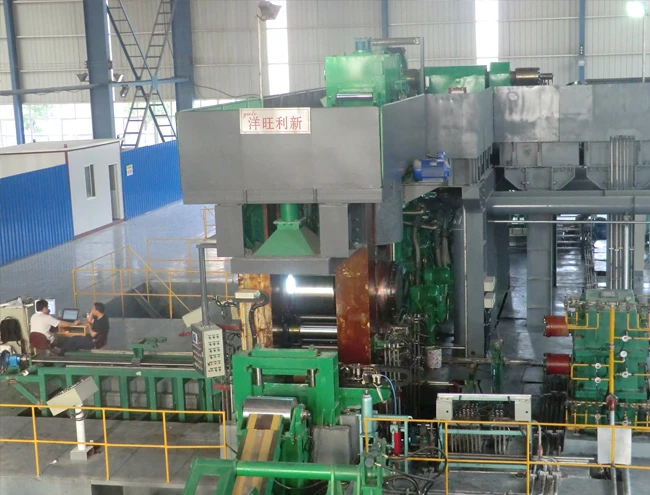
AGC System in High-Speed Rolling Operations
In today's high-speed rolling operations, the automatic gauge control system (AGC) has become an indispensable technology for maintaining precise thickness tolerances in strip production. As rolling speeds continue to increase to meet production demands, conventional manual control methods have become obsolete, giving way to sophisticated AGC controller systems that can make microsecond adjustments to maintain dimensional accuracy. The implementation of hydraulic automatic gauge control in modern cold rolling mills represents a significant technological leap. This precision is particularly critical in industries such as automotive manufacturing and electronics, where material consistency directly impacts product performance and quality.
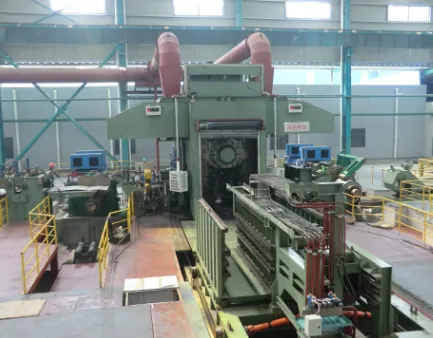
Core Components of AGC Systems in High-Speed Applications
The automatic gauge control cold rolling mill relies on an integrated network of precision components working in perfect synchronization. At its heart lies the AGC controller, a high-speed computational unit that processes input from multiple sensors and executes control algorithms within milliseconds. Modern systems employ X-ray or gamma-ray thickness gauges that provide non-contact measurement at speeds compatible with today's production rates. These are complemented by load cells that monitor rolling force and laser speed sensors that track strip velocity. The hydraulic automatic gauge control system represents the muscle of this operation, with servo valves capable of adjusting the roll gap position in response times measured in microseconds. This combination of rapid sensing, processing, and actuation creates a closed-loop system that maintains gauge consistency despite variations in material properties or rolling conditions.
AGC Systems: Dynamic Response Challenges at High Rolling Speeds
Operating an automatic gauge control system at high speeds presents unique engineering challenges. As rolling velocities increase, the time available for detection, computation, and correction decreases proportionally. At 1,500 meters per minute, for instance, the strip moves 25 millimeters in just one millisecond - the typical response time of advanced AGC controller systems. This demands not only faster sensors and processors but also predictive control algorithms that can anticipate thickness variations before they occur. Modern systems address this through advanced feedforward control techniques that use upstream thickness measurements to pre-adjust the roll gap before the measured section arrives at the roll bite. The automatic pressure control subsystems must also respond with exceptional speed to maintain consistent rolling force during these rapid adjustments, preventing strip breaks or shape defects.
Advanced Control Algorithms for High-Speed Precision in AGC Systems
The intelligence behind today's high-speed automatic gauge control cold rolling mill lies in its sophisticated control algorithms. Modern systems employ a combination of feedback, feedforward, and adaptive control strategies to maintain gauge accuracy. The feedback loop continuously compares actual thickness measurements with target values, making immediate corrections. Feedforward control uses upstream measurements to anticipate required adjustments, while adaptive algorithms modify control parameters based on changing mill dynamics. Some advanced systems now incorporate artificial intelligence techniques, where machine learning algorithms analyze historical performance data to optimize control parameters for specific product grades or rolling conditions. This multi-layered approach allows the AGC system to maintain precision even during speed transitions or when processing materials with variable hardness along the strip length.
Hydraulic System Innovations for Rapid Response in AGC Systems
The hydraulic automatic gauge control system represents the critical link between electronic commands and physical roll gap adjustments. In high-speed applications, these systems have evolved to meet extraordinary performance demands. Modern servo-hydraulic systems can achieve response times under 10 milliseconds, with some advanced designs reaching 5 milliseconds or less. Key innovations include high-flow servo valves with digital interfaces, compact hydraulic cylinders with minimal stiction, and advanced fluid conditioning systems that maintain optimal viscosity and cleanliness. The automatic pressure control components have similarly advanced, with proportional pressure-regulating valves that can make precise force adjustments during rapid mill acceleration or deceleration. These hydraulic systems work in concert with the mill's mechanical components, compensating for mill stretch and thermal expansion effects that could otherwise compromise gauge accuracy.
AGC Systems: Integration with Mill Drive and Tension Control Systems
In a high-speed automatic gauge control cold rolling mill, the AGC system cannot operate in isolation. Effective thickness control requires tight integration with the mill's drive and tension control systems. As the AGC controller adjusts the roll gap to correct thickness variations, it must coordinate with the drive system to maintain proper speed relationships between stands. Similarly, tension control systems must respond appropriately to prevent strip breaks or shape defects during rapid gauge adjustments. Modern mills achieve this integration through high-speed communication networks that allow millisecond-level synchronization between all control systems. Some advanced installations use model predictive control techniques that optimize the combined response of gauge, speed, and tension control systems, particularly during acceleration and deceleration phases where dynamic effects are most pronounced.
Maintenance and Calibration Considerations of AGC Systems
The precision of an automatic gauge control system in high-speed operation depends heavily on proper maintenance and regular calibration. Thickness measurement devices require frequent calibration checks to maintain their accuracy, while hydraulic systems need meticulous fluid maintenance to preserve their rapid response characteristics. The AGC controller systems typically include built-in diagnostic tools that monitor system performance and identify components requiring attention. Modern predictive maintenance techniques, using vibration analysis and fluid condition monitoring, help prevent unexpected downtime that could be particularly costly in high-speed operations. Regular verification of the complete control loop - from thickness measurement through to actual roll gap movement - ensures the system maintains its specified performance levels throughout extended production runs.
The automatic gauge control system has become the cornerstone of precision in modern high-speed rolling operations, enabling mills to maintain tight thickness tolerances while achieving unprecedented production rates. From sophisticated AGC controller algorithms to rapid-response hydraulic automatic gauge control mechanisms, these systems represent the pinnacle of industrial automation technology. As rolling speeds continue to increase and product specifications become more stringent, the ongoing development of AGC technology will remain critical to the competitiveness of metal producers worldwide. The integration of emerging technologies like AI and digital twins promises to take gauge control precision to even higher levels, ensuring that cold rolling mills can meet future challenges while maintaining the highest quality standards.
-
Indian Clients Visit YWLX to Inspect Skin-pass MillNewsJun.22,2025
-
Typical Products from Reversing Cold Rolling ProcessNewsMay.26,2025
-
Surface Finish Improvement through Skin Pass RollingNewsMay.26,2025
-
Integration of AGC Systems in Modern Cold Rolling MillsNewsMay.26,2025
-
Cold Rolling in the Context of High-Strength Steel DemandNewsMay.26,2025
-
AGC in Hot Rolling Mills: Challenges and SolutionsNewsMay.26,2025
-
Why Reversing Cold Rolling Mills Are Ideal for Specialty MetalsNewsMay.13,2025




